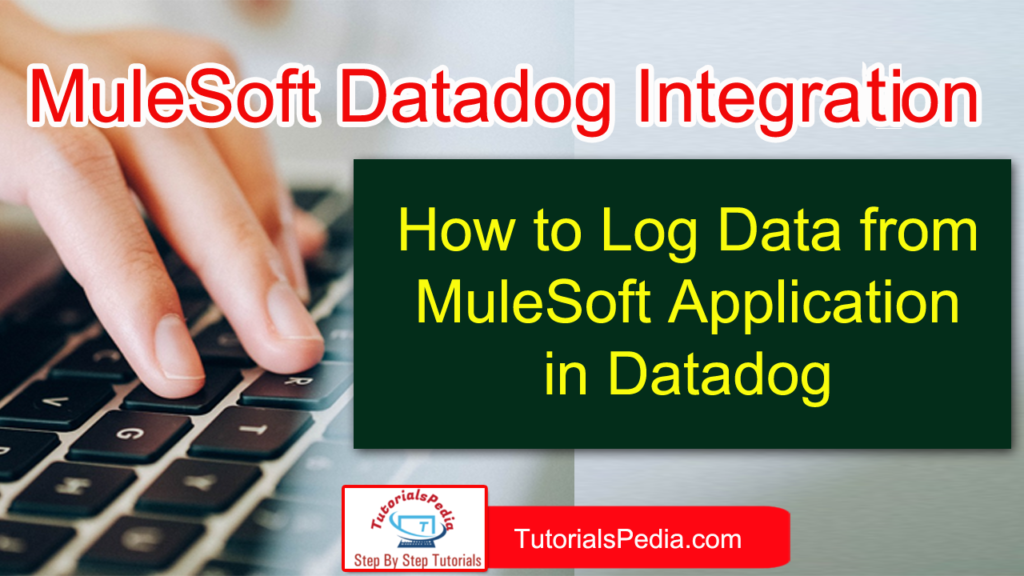When implementing Integration Projects in MuleSoft, logging of useful information for debugging, tracking, monitoring purposes is always very important. You can log payload and/or other useful data using Logger component in your Mule Message Flows. Logs are made available for traceability and tracking purposes in the console in AnyPoint Studio and also in the AnyPoint Platform for the deployed applications. However, there can be many scenarios where you wish to have MuleSoft Datadog Integration in order to have your MuleSoft Logs in Datadog made available through its cloud platform.
MuleSoft Datadog Integration: Step By Step Tutorial
Datadog is a widely used, popular Analytics and Monitoring Platform used as observability service for cloud-scale applications, providing monitoring of servers, databases, tools, and services, through a SaaS-based data analytics platform. By using datadog for logging in your MuleSoft Integration Projects, you can take full advantage of rich set of features provided by datadog for a better monitoring and analytics of your logged information in a sophisticated manner.
In this video tutorial for MuleSoft Datadog Integration, I have explained all the required steps and demonstrated how you can use the power of MuleSoft augmented with datadog and get your logs pushed to datadog through agent based integration.
The video tutorial covers all the aspects related to storing MuleSoft Logs in Datadog. At a high level, steps performed for integrating MuleSoft with Datadog are as outlined below:
- Create Datadog Account and get API Key which will be used for authentication/authorization purposes.
- In the MuleSoft Project in AnyPoint Studio, add required appender details in Log4j2.xml file.
- Implement a Message Flow containing Logger Component from Core Module.
- Run your MuleSoft Project in AnyPoint Studio with Embedded Mule Runtime and observe the logs in the datadog.
- Deploy the Project in AnyPoint Platform Runtime Manager.
- Disable Cloudhub logging and observe logs being pushed and made available in Datadog.
Watch Below Video on TutorialsPedia YouTube Channel which covers Mule Datadog Integration in detail.
For any queries, feel free to write in the below comments section and don’t forget to subscribe the channel to get more videos like this in future. For additional tutorials on different MuleSoft related topics, refer to Mule ESB Category of Tutorials.

